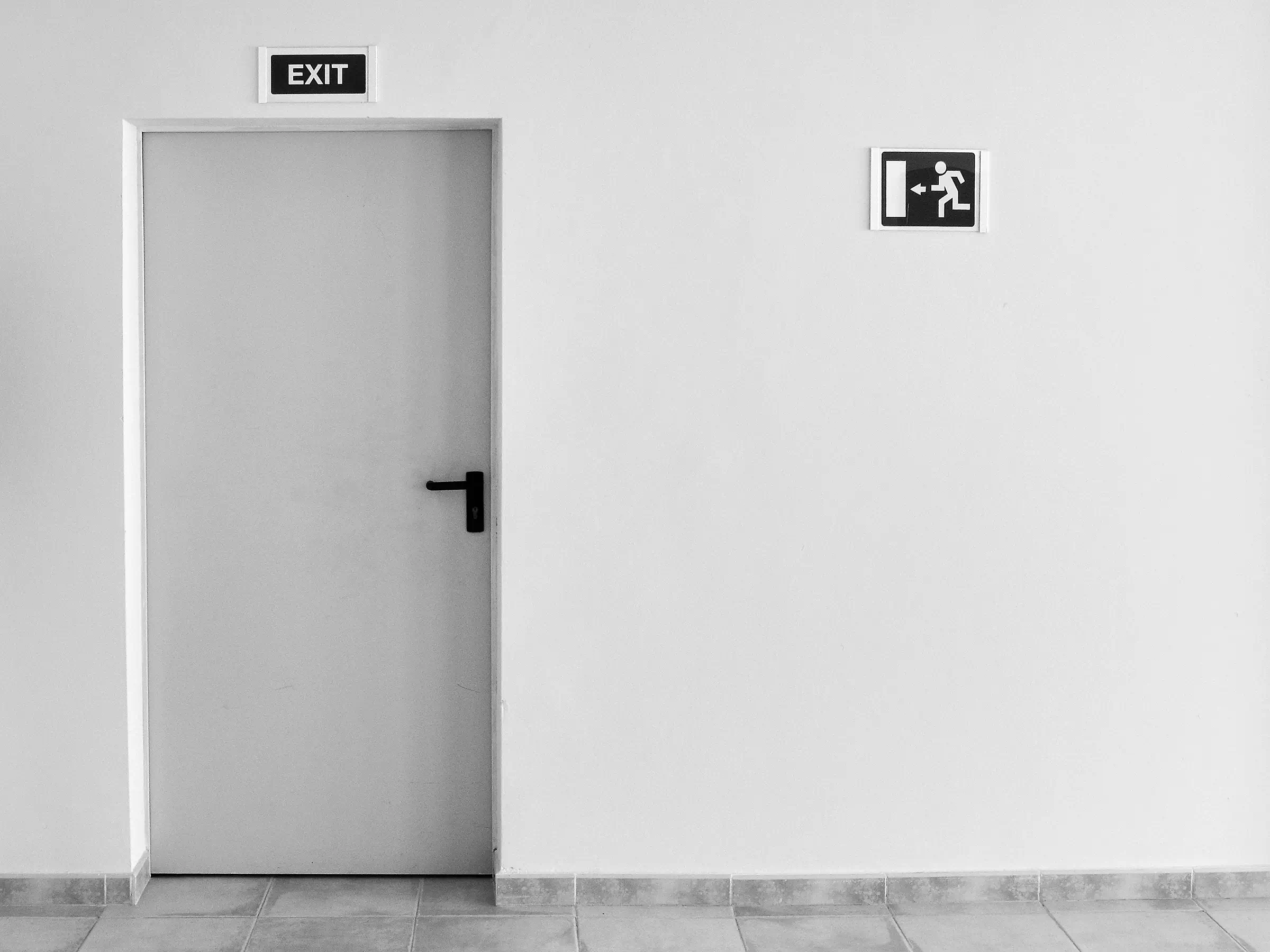Modular construction, both single and multi-family residential and commercial, has been suggested as an industry sector to watch. There is a general consensus that the U.S. is in the midst of a “housing crisis.” Reports from the Census Bureau, National Association of Home Builders, and research-based entities such as the Joint Center for Housing Studies of Harvard University report that multiple factors are at play. In its 2018 State of the Nation’s Housing report, JCHS concludes that homeownership rates among young adults today are even lower than in 1988. Demand is outpacing supply. Cost increases due to labor (a shortage of which is traced to the Great Recession) and land use regulations have been major contributors.
Modular construction is a broad industry term but in the context of this article it is essentially the off-site building of portions or units of a larger structure which are then shipped to and assembled on site to become “permanent”. The components or units are essentially “manufactured” within or on site of facilities which are very much like manufacturing plants. Modular has historically occupied a modest percentage of the overall market – in 2017 the NAHB reported the number was roughly just over 3%. Projections point to an increase in this number, but not moon-shot-like progress.
Modular construction is seen by state and local governments (NY and CA in particular) as well as Silicon Valley to be a feasible alternative to consider in addressing some of the inherent costs associated with traditional construction methods. Amazon and Google have both recently invested in modular construction.
From the fenestration industry’s perspective the immediate future of modular construction may not look too different from the current and predominant traditional methods given its modest growth. The standards and code requirements applicable to the manufacture of fenestration products should not change the overall approach to the design and manufacture of products. Modular construction must still follow applicable building codes. And, although code inspection methods may require some adaptation, the effects upon the fenestration may not be a tectonic shift. The International Code Council and the Modular Building Institute issued a joint press release in 2017 to announce the development effort towards instruction of local building inspectors on issues pertaining to modular construction.
From a legal perspective, an increase in modular construction customers may require some consideration of additional state regulation. California is an example. California refers to modular as Factory-Built Housing (FBH), defined as residential structures manufactured wholly or partially off-site, in sections or building components which are assembled at the installation site to form part of, or most of a completed unit. California’s Department of Housing and Community Development (HCD) regulates FBH through a comprehensive regulatory system involving plan reviews and inspections. Another example, Illinois has the Modular Dwelling and Mobile Structure Safety Act regulated by the Department of Public Health. Several states have adopted the Interstate Compact on Industrialized/Modular Buildings. State regulatory mandates and processes will likely increase as modular construction becomes more mainstream.
These regulations are important to monitor for their potential impact upon the fenestration industry.
The potential impact on the transactional relationships in the supply chain should likewise be reviewed. To the extent that modular customers require supplier agreements, stakeholders should consider how relative risks, such as potential demands for specific warranties, demands for indemnity and insurance are handled. Sometimes the legal effect of these contractual agreements are determined by state law. The construction of modular units in one state which are then shipped and assembled into a final structure in another state may create some uncertainties in this “interstate” process in determining which state’s law controls the parties’ transaction.
Benefits also are apparent from a legal perspective. The modular builder, who is one entity building in a specific manufacturing facility, becomes essentially a clearinghouse for the distribution of product literature and warranties to end users. Quality assurance may also be streamlined in a way to decrease the variability of storage, handling and installation effects upon products. In traditional methods, on-site supervision of the implementation of a manufacturer’s instructions are usually delegated to the sub-contractor, and there may be several different installers on a given project. In the modular context it is easy to imagine a more consistent and even application of manufacturer installation recommendations, and AMAA and ASTM standards. Modular manufacturers may be encouraged to employ on-staff AAMA Installation Masters installers who perform and/or supervise the appropriate methods for installation and integration of products. The QA associated with this process would be more efficient, being done in one location rather than multiple locations throughout a construction project site. Documentation of this process would be more efficient and perhaps more complete. The consistency of this approach could be a benefit to manufacturers who traditionally have no involvement in the on-site implementation of recommendations. It is a rare occasion to see photographic records of installation taking place in real time during construction of traditionally built structures. One can imagine tightly monitored and recorded practices at a plant which is not available in the field. Better QA and more accurate documentation would reduce the uncertainties faced in the field, and perhaps answer important questions prior to undertaking in-field QA measures such as AAMA 502 testing.
There may also be some challenges. Given that modular units with pre-installed fenestration will likely also have pre-installed weather barrier elements such as WRB and flashing, consideration may be given to the effects of the potentially unique stresses and deflection upon the structure and installed envelope elements that shipment and later assembly may pose. Different suggestions for integration may be considered to accommodate potential variations in structural movement.
Like any slow change, the immediate impact of this likely growing sector of the industry may not be felt tomorrow. However, there are signals that Modular construction may be increasing, which suggests the inevitable increase in regulation and changes in the manufacturing-distributing relationships. Keeping an eye on these changes will be important to reduce potential exposures they may pose.


